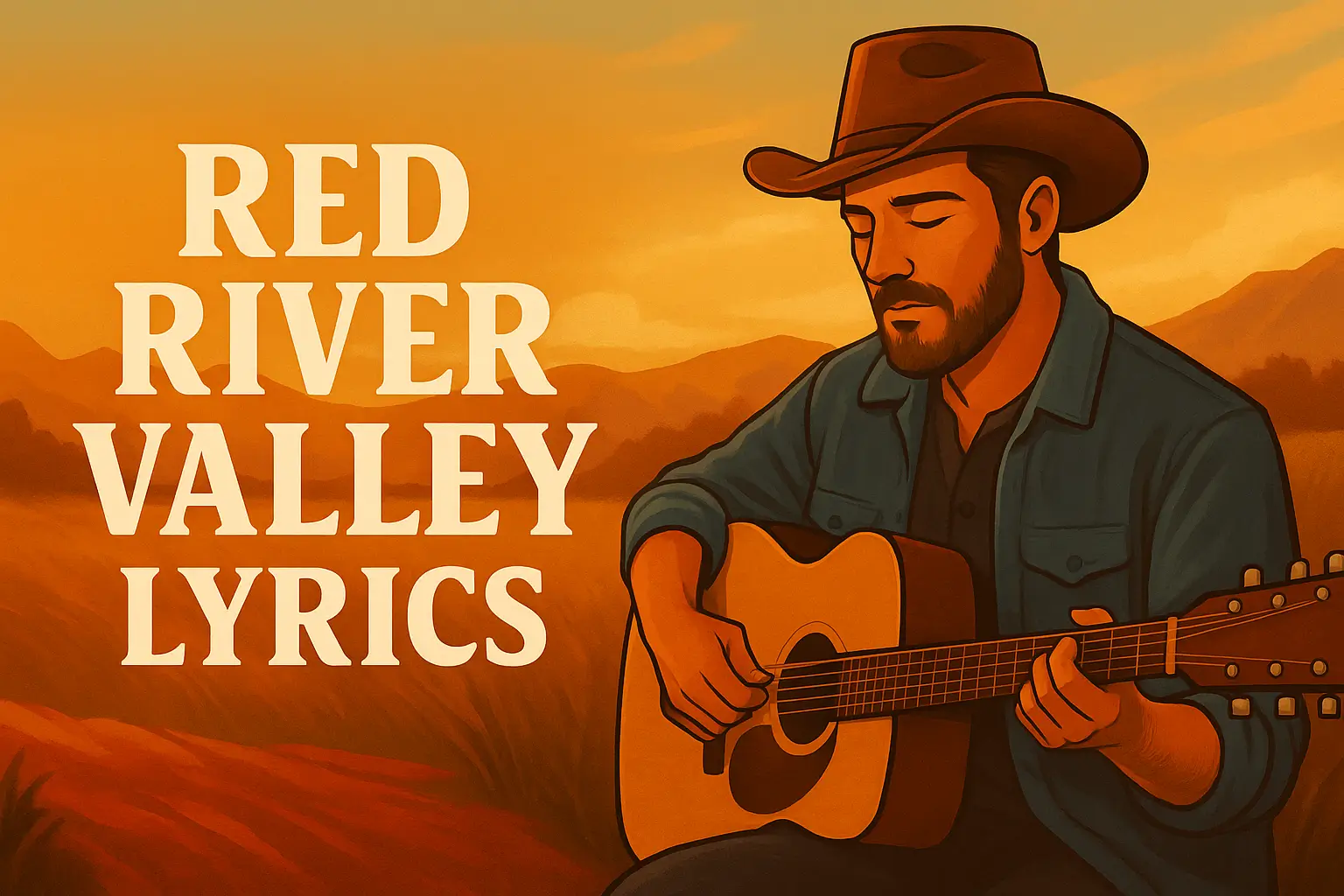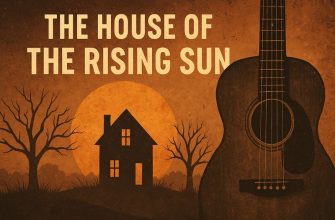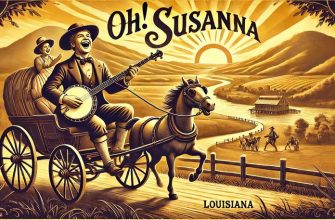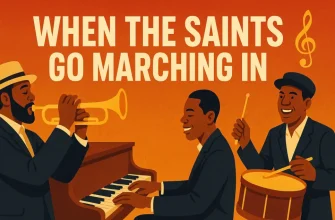Songs that convey more than just a tune—those that tell stories, recall voices of earlier times, and evoke landscapes now vanished—hold a special place in musical tradition. “Red River Valley” stands out as a prime example.

Authorship and Early History
No single name can claim full credit for “Red River Valley.” It emerged sometime in the late 19th century, floating among settlers, cowboys, and voyageurs in the American and Canadian West. Folklorist Edith Fowke discovered references to it across at least five Canadian provinces before 1896, and she speculated that it may have originated during the Red River Rebellion of 1870 in Manitoba, possibly as a Métis lament for a departing soldier (Wikipedia).
The earliest known written manuscripts bear the notations “Nemaha 1879” and “Harlan 1885,” pointing toward the Nebraska–Iowa border region (Ballad of America). By the turn of the century, versions of the song were circulating under names like “Bright Mohawk Valley” (sheet music printed in New York in 1896, credited to James J. Kerrigan) and “Cowboy Love Song,” which Carl T. Sprague recorded in 1925—one of the very first commercial cowboy recordings (mhs.mb.ca). Each new rendition carried slight lyric and melody changes, a testament to its folk roots.
Meaning and Theme
At its core, “Red River Valley” is a farewell—a bittersweet plea to remember love when parting ways. The narrator begs the listener not to forget “the girl that has loved you so true,” evoking universal feelings of longing and nostalgia. Its simple ABAB rhyme scheme and repeating chorus make the lines unforgettable:
“Come and sit by my side if you love me;
Do not hasten to bid me adieu;
But remember the Red River Valley,
And the girl that has loved you so true.”
This structure turns the song into both story and refuge, a musical space where listeners can project their own love and loss. It strikes a mood of tender resignation—acknowledging that departures are inevitable, yet insisting that memories endure.
Lyrics to Red River Valley
Verse 1
From this valley they say you are going,
We will miss your bright eyes and sweet smile,
For they say you are taking the sunshine
Which has brightened our pathways a while.
Chorus
Come and sit by my side if you love me;
Do not hasten to bid me adieu,
But remember the Red River Valley,
And the girl that has loved you so true.
Verse 2
I’ve been thinking a long time, my darling,
Of the sweet words you never would say,
Now, alas, must my fond hopes all vanish?
For they say you are going away.
Chorus
Come and sit by my side if you love me;
Do not hasten to bid me adieu,
But remember the Red River Valley,
And the girl that has loved you so true.
Verse 3
Won’t you think of the valley you’re leaving,
Oh, how lonely and sad it will be,
Just think of the fond heart you’re breaking,
And the grief you are causing to me.
Chorus
Come and sit by my side if you love me;
Do not hasten to bid me adieu,
But remember the Red River Valley,
And the girl that has loved you so true.
Verse 4
From this valley they say you are going,
When you go, may your darling go too?
Would you leave her behind unprotected,
When she loves no one other than you.
Chorus
Come and sit by my side if you love me;
Do not hasten to bid me adieu,
But remember the Red River Valley,
And the girl that has loved you so true.
Verse 5
As you go to your home by the ocean,
May you never forget those sweet hours,
That we spent in the Red River Valley,
And the love we exchanged ‘mid the flowers.
Chorus
Come and sit by my side if you love me;
Do not hasten to bid me adieu,
But remember the Red River Valley,
And the girl that has loved you so true.
Verse 6
I have promised you, darling, that never
Will a word from my lips cause you pain,
And my life, it will be yours forever,
If you only will love me again.
Chorus
Come and sit by my side if you love me;
Do not hasten to bid me adieu,
But remember the Red River Valley,
And the girl that has loved you so true.
Verse 7
They will bury me where you have wandered,
Near the hills where the daffodils grow,
When you’re gone from the Red River Valley,
For I can’t live without you I know.
Chorus
Come and sit by my side if you love me;
Do not hasten to bid me adieu,
But remember the Red River Valley,
And the girl that has loved you so true.
Cultural Influence
“Red River Valley” became popular because it resonated with people on the move—settlers leaving home, soldiers marching to new frontiers, families divided by distance. In the 1920s and ’30s, cowboy singers like Hugh Cross and Riley Puckett brought it to radio audiences, cementing its status as a western standard (Gale).
During the Great Depression, its themes of separation and hope echoed the experiences of Americans migrating for work. Folksong collectors like Carl Sandburg included it in anthologies (e.g., The American Songbag, 1927), further preserving it for future generations. Its adaptability meant it could be a lament at one moment and a communal campfire chorus the next.
Interesting Facts
- Multiple aliases: Over time, it’s appeared as “Bright Sherman Valley,” “Bright Little Valley,” and “In the Bright Mohawk Valley,” reflecting regional spins (John Fitz).
- Film & TV: You’ll hear it in westerns like The Cowboys (1972) and in episodes of Little House on the Prairie.
- Chart Success: Slim Whitman’s 1955 version climbed the country charts, introducing it to a new audience.
- Global reach: Translated and adapted versions exist in Hebrew (“Mitnoe’a Ha-Sappan”) and French Canada, showing its cross-cultural appeal.
Modern Reception
Today, “Red River Valley” lives on every folk festival and open-mic night. It appears in video games (as ambient campfire music) and YouTube covers that blend traditional instruments with digital production. Listeners associate it with wide-open landscapes, family gatherings, and moments of reflection—making it a go-to for both performers and audiences seeking authenticity.
I’m passionate about bringing classics like “Red River Valley” into the 21st century through modern recording techniques and thoughtful arrangements. I invite you to watch my latest acoustic video on YouTube—where vintage harmonica meets contemporary guitar tone—and to subscribe on social media for more explorations of America’s musical heritage.
Through songs like this, we connect generations, keep stories alive, and celebrate the threads of culture that bind us all.
Sources
- Edith Fowke, The Red River Valley Re-Examined (Wikipedia)
- “Red River Valley: About the Song,” Ballad of America (Ballad of America)
- Carl T. Sprague recording history, 1925 (mhs.mb.ca)
- “Cowboy Love Song” hits by Hugh Cross & Riley Puckett, 1927 (Gale)



